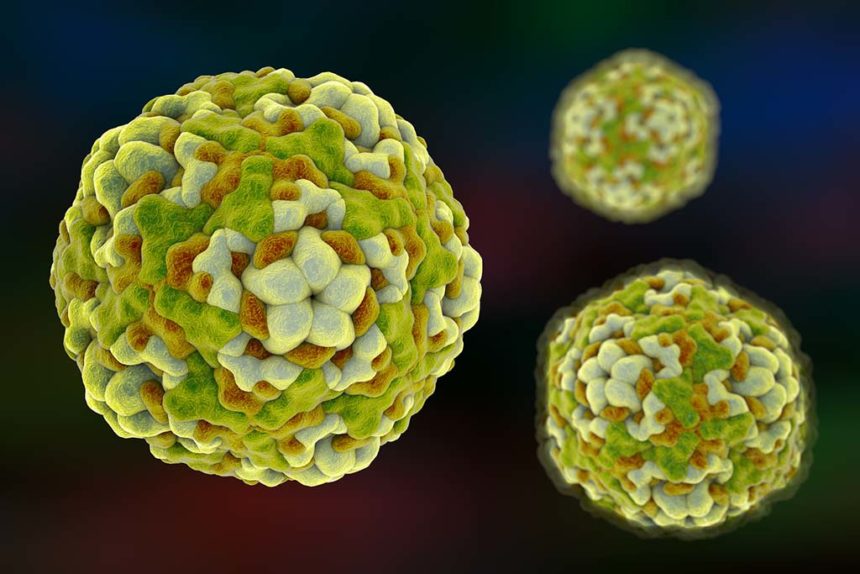While the U.S. continues to grapple with the public health challenges related to COVID-19, monkeypox and polio, another concern has emerged in recent weeks: enterovirus.
On Tuesday, the Centers for Disease Control and Prevention warned doctors to prepare for a possible rise in young patients with enterovirus D68.
Though there had been increases in EV-D68 infections biennially in 2014, 2016 and 2018, the agency said there has been an increase in emergency department visits for children and adolescents this year. The agency said that starting in August, healthcare providers across the country notified the CDC about a rise in pediatric hospitalizations in patients with severe respiratory illness who also tested positive for EV or rhinovirus.
Earlier this month, the CDC issued an alert about EV-D68, which often leads to respiratory illness but can also cause the paralyzing condition acute flaccid myelitis (AFM).
Given the recent concerns related to EV, it’s worth exploring what the enterovirus is — and what it isn’t.
EV-D68 is one of more than 300 types of enteroviruses.
According to the Cleveland Clinic, EV is a contagious respiratory infection that primarily affects children, results in mild cold-like symptoms and doesn’t lead to serious problems. However, EV can also cause AFM, which leads to extreme muscle weakness and, in rare cases, permanent paralysis.
An estimated 10 to 30 million Americans are infected by enteroviruses annually, with 1,400 children and adults hospitalized for severe respiratory infections due to EV-D68 in 2014.
Infections are most common from August to November and spread through airborne droplets, kissing someone who has the virus, sharing eating utensils or cups and touching contaminated surfaces.
Like a cold or the flu, patients can contract EV-D68 more than once. The CDC stated that there are no antiviral medications available for people infected with EV-D68.
Similarly, the Mayo Clinic said there is no vaccine against EV-D68, though there are mitigation steps that people can take to reduce the risk of infection. This includes common approaches to disease prevention like washing hands, avoiding close contact with people who are sick and cleaning surfaces frequently.








